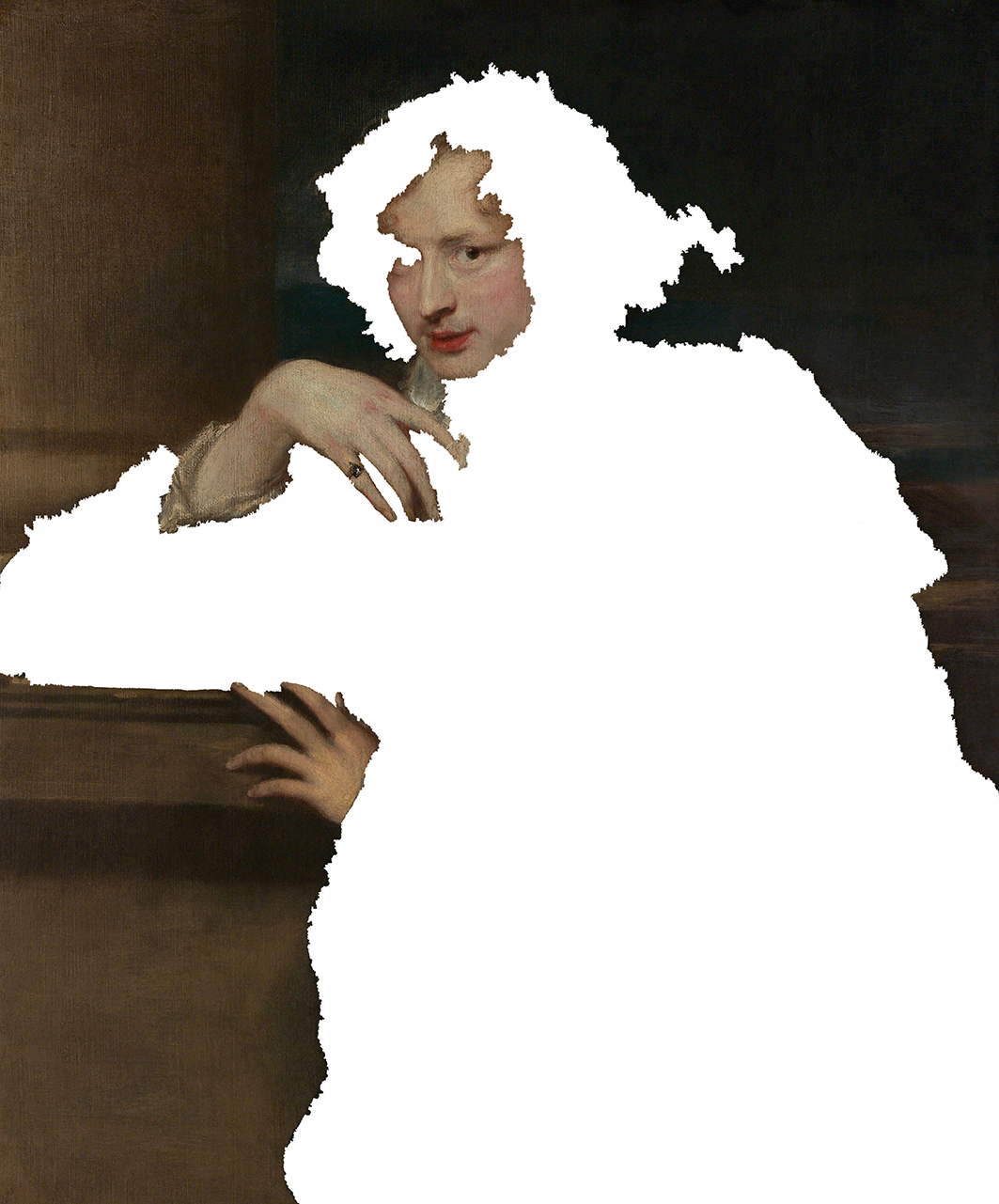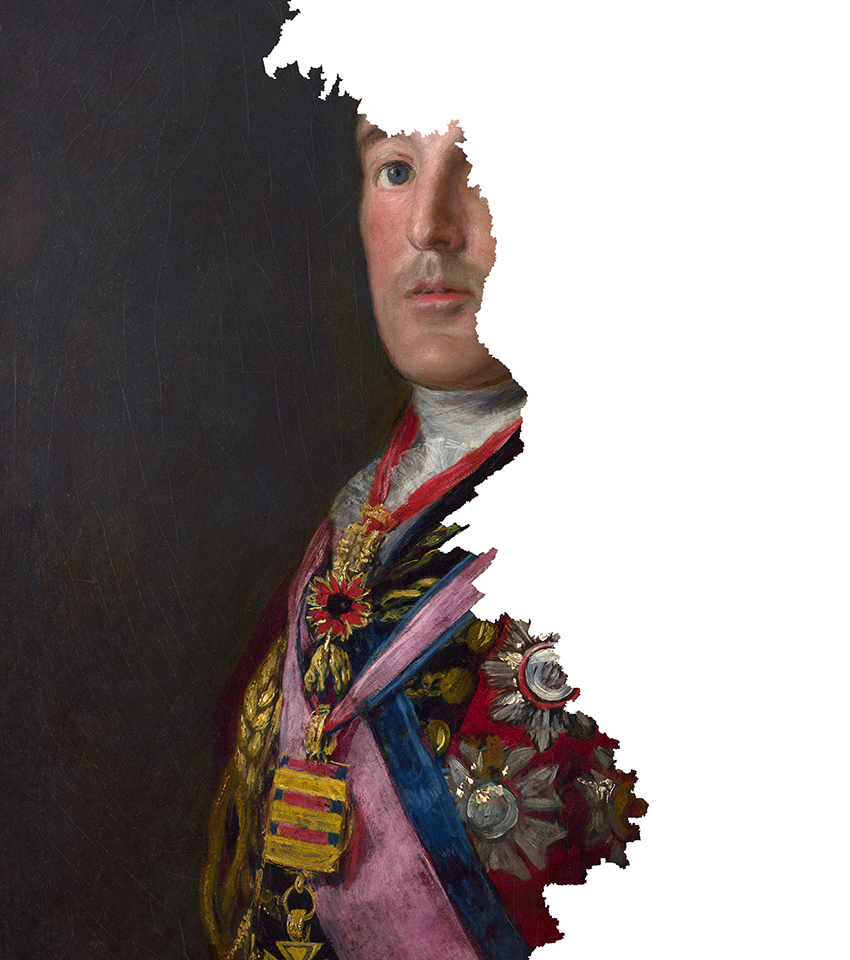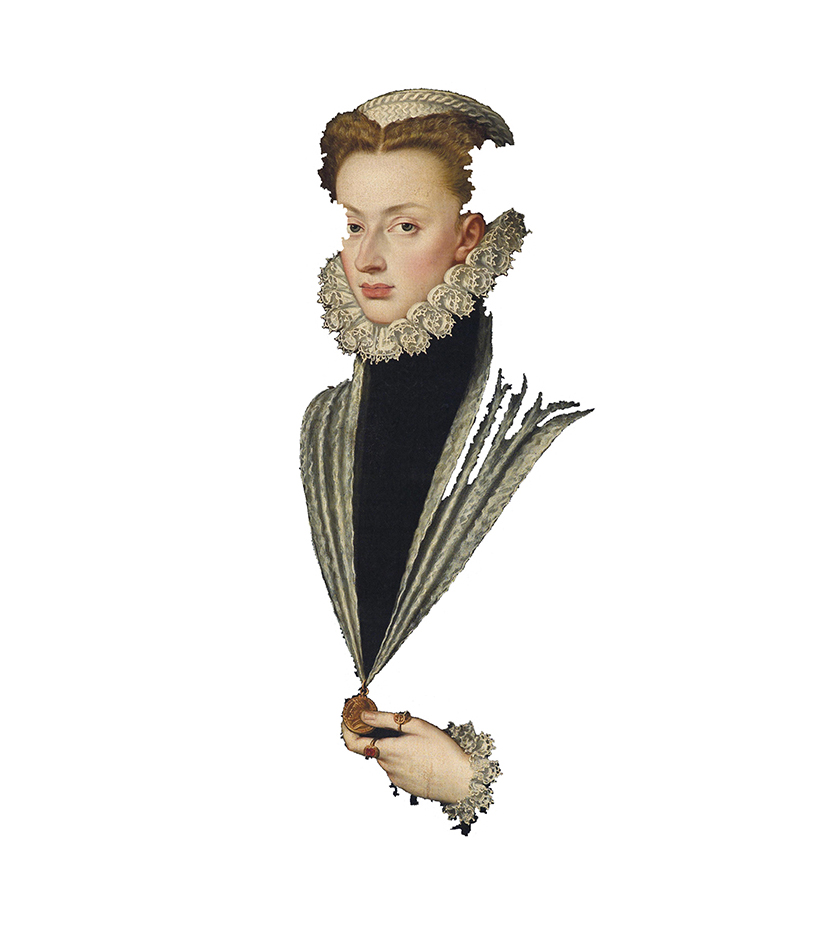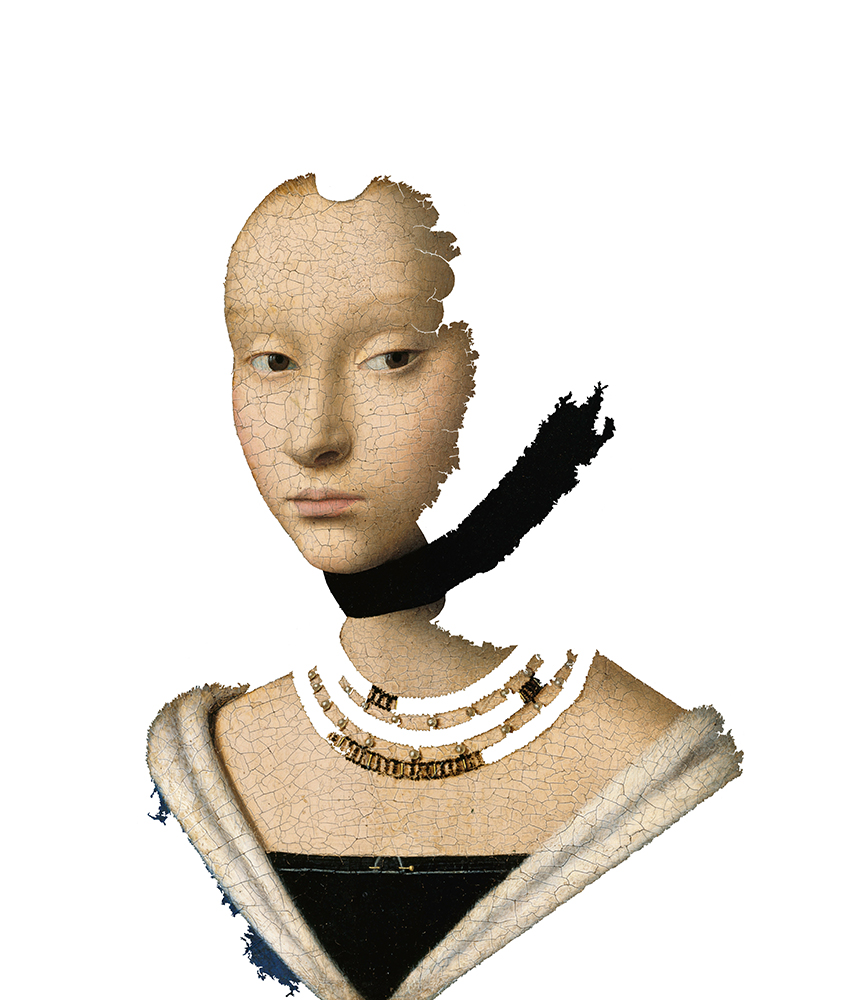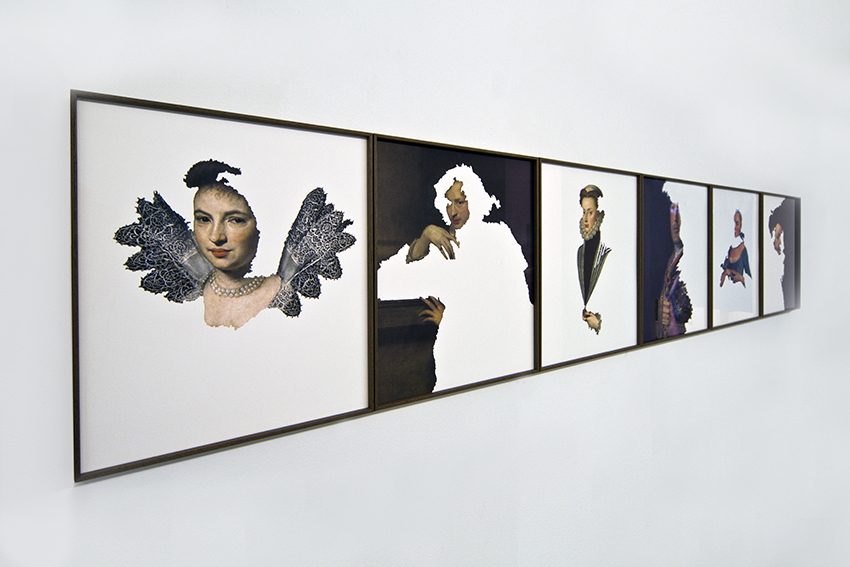Total_System_Failure
Can machines think, can they be creative? In the spring of 1997 the chess engine Deep Blue defeated the reigning world champion Garry Kasparov. After the loss, Kasparov claimed that a human must have controlled Deep Blue since it made irrational moves that he believed could only be made by a mind capable of abstract thinking. Afterwards, it has been speculated whether there were glitches in the code that lead to these random moves. It may have been software errors that defeated one of the greatest chess players of all time.
These types of “glitches” are present in Total_System_Failure. It consists of a wide range of images (in this portfolio there will only be one example) made by manipulating code or tricking the digital tools found in various image editing programs.
Some of the works are pure glitches – a term that comes from the German glitschig, meaning slipping or slippery. It is used to describe an unexpected technical problem that results in an aesthetically pleasing effect. A glitch occurs uncontrollably in the software but has become so popular that special programs and apps now try to recreate these digital beauty spots.
Algorithms have no aesthetic perception, they just try to logically satisfy the user’s needs and desires. I try to find loopholes in the systems where it is possible to force the program to autonomously produce its own visual material. It is a collaboration with the computer in which I control the content and the conceptual frameworks while the software makes the aesthetic decisions.
